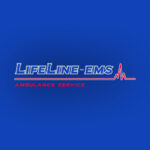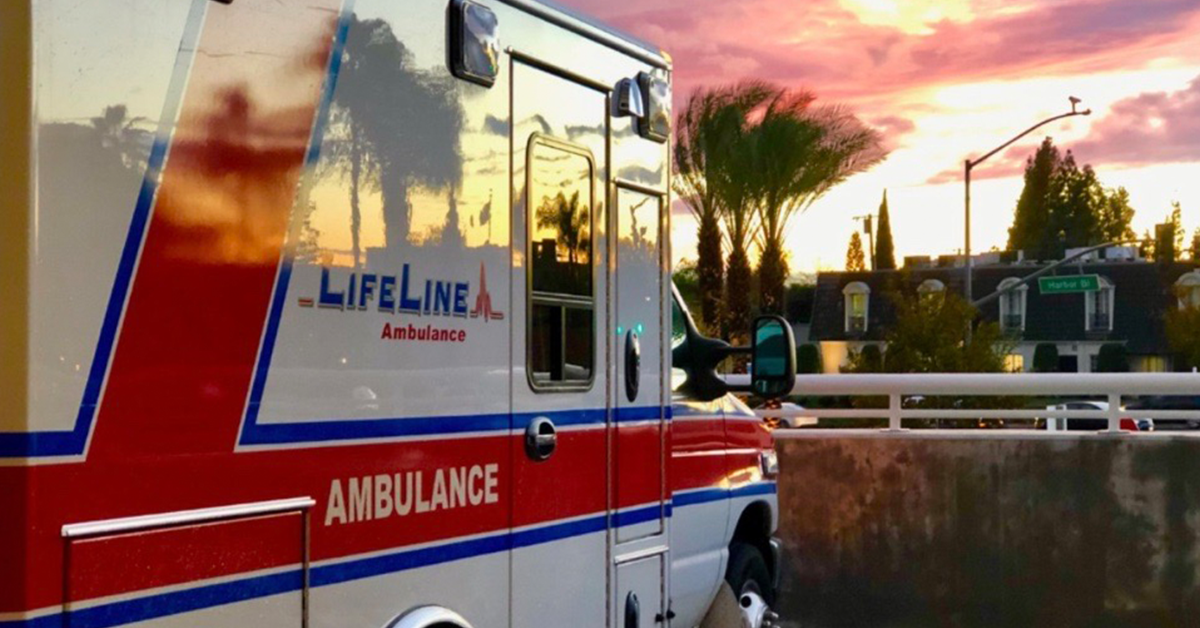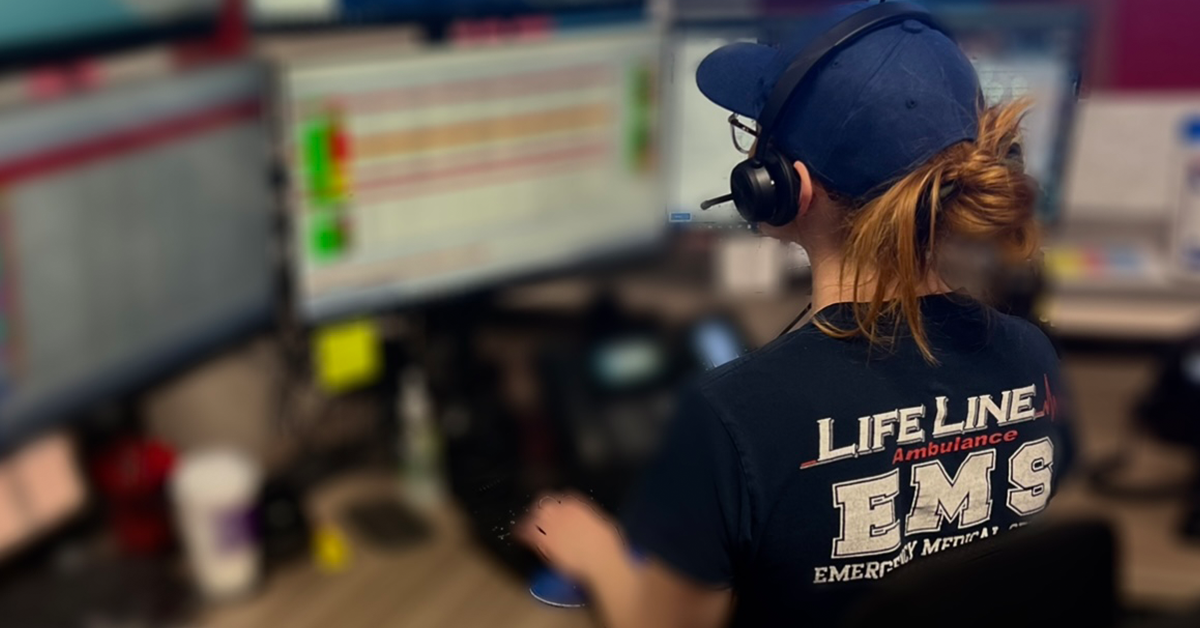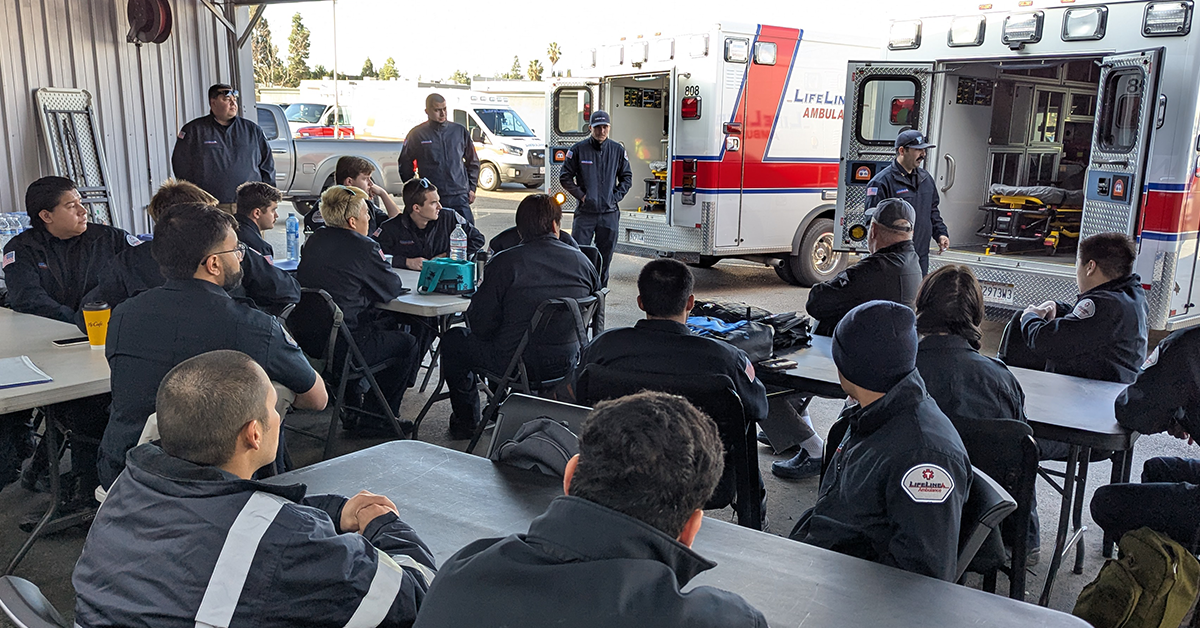Multi-casualty incidents (MCIs) present unique challenges for Emergency Medical Services (EMS) responders. These incidents, which involve numerous patients requiring urgent medical attention, can occur as a result of natural disasters, accidents, mass shootings, or other catastrophic events. For EMS providers in densely populated regions like Los Angeles and Southern California, responding to MCIs requires careful coordination, specialized training, and strategic resource management. LifeLine EMS, a leading EMS provider, has developed robust systems and protocols to manage these high-pressure situations effectively. This article explores how EMS responders handle multi-casualty incidents and the steps involved in ensuring swift, organized, and life-saving responses.
What is a Multi-Casualty Incident?
A multi-casualty incident is any emergency situation where the number of casualties overwhelms the available EMS resources. In these scenarios, responders must prioritize patient care based on the severity of injuries, coordinate with multiple agencies, and efficiently manage resources to provide the best possible outcomes for all patients.
Types of Multi-Casualty Incidents:
- Natural Disasters: Earthquakes, wildfires, floods, and hurricanes can result in large-scale injuries and fatalities, necessitating a coordinated EMS response.
- Mass Transit Accidents: Crashes involving buses, trains, or airplanes often lead to multiple casualties that require immediate medical attention.
- Mass Shootings and Terrorism: Acts of violence, including mass shootings or bombings, can result in a high number of casualties in a short period of time.
- Industrial Accidents: Explosions, chemical spills, or other industrial accidents can cause widespread injuries, requiring specialized medical and safety responses.
How EMS Responders Manage Multi-Casualty Incidents
Managing multi-casualty incidents is complex and involves several critical steps, from triaging patients to coordinating with other emergency response teams. Here’s a closer look at how EMS responders effectively handle these situations.
1. Incident Command System (ICS)
One of the most important elements in managing an MCI is the implementation of the Incident Command System (ICS). ICS is a standardized approach to incident management that ensures all responding agencies work together in a coordinated, organized manner.
- Establishing Command: Upon arrival at the scene, the first EMS personnel or unit leader assumes the role of Incident Commander. The Incident Commander is responsible for overseeing the entire response, delegating tasks, and coordinating with other agencies.
- Assigning Roles: Key roles within the ICS include operations, logistics, planning, and communications. Each role focuses on specific responsibilities, such as directing triage and transport, ensuring adequate resources, and communicating with hospitals and other agencies.
- Unified Command: In large-scale incidents, EMS must collaborate with fire departments, law enforcement, and public health agencies. A unified command structure ensures that all responding entities work together seamlessly.
2. Triage: Prioritizing Patients Based on Severity
Triage is a critical step in managing an MCI, as it allows EMS responders to quickly assess and prioritize patients based on the severity of their injuries. This process ensures that those in the most critical condition receive treatment first, maximizing the chances of survival for the greatest number of patients.
- Triage Categories: EMS responders use a color-coded system to classify patients:
- Red (Immediate): Patients with life-threatening injuries requiring immediate attention, such as severe bleeding or compromised airways.
- Yellow (Delayed): Patients with serious injuries that are not immediately life-threatening but need prompt medical care.
- Green (Minor): Patients with minor injuries who can wait for treatment or assist themselves.
- Black (Deceased/Expectant): Patients who are deceased or have injuries so severe that survival is unlikely.
- Triage Tags: Triage tags are placed on each patient to indicate their category, allowing responders to quickly identify and prioritize those needing immediate care.
3. On-Site Treatment and Stabilization
After triage, EMS responders begin providing on-site treatment to stabilize patients before transport. In an MCI, the goal is not to provide complete care but rather to stabilize patients enough for safe transport to medical facilities.
- Basic Life Support (BLS): EMS teams administer basic life support measures, such as controlling bleeding, providing oxygen, and performing CPR.
- Advanced Life Support (ALS): For critically injured patients, paramedics provide advanced life support, including intubation, intravenous fluids, and medication administration.
- Mobile Treatment Areas: In large MCIs, EMS may set up temporary treatment areas at the scene to triage and stabilize multiple patients before transporting them to hospitals.
4. Efficient Transport and Resource Management
Transporting patients efficiently is crucial in a multi-casualty incident. EMS responders must carefully manage the transport of patients to ensure that hospitals are not overwhelmed and that critically injured patients receive care as quickly as possible.
- Coordinating with Hospitals: Communication with hospitals is essential to determine their capacity to handle incoming patients. EMS teams ensure that hospitals are notified in advance of the number and severity of patients being transported.
- Patient Distribution: To avoid overwhelming any single hospital, patients are distributed across multiple facilities based on the nature of their injuries and the capabilities of each hospital.
- Utilizing Multiple Transport Methods: In some cases, helicopters or additional transport vehicles may be deployed to expedite the transport of critically injured patients or reach areas that are difficult for ambulances to access.
5. Communication and Coordination with Other Agencies
Effective communication is essential for managing a multi-casualty incident. EMS responders must coordinate closely with other agencies, including fire departments, law enforcement, and public health officials, to ensure a unified response.
- Interagency Communication: EMS teams use interoperable communication systems to stay in contact with other emergency responders, hospitals, and incident command. This ensures that all responders are on the same page and can adjust their strategies as needed.
- Real-Time Updates: Providing real-time updates to the command center and hospitals allows for better resource allocation and decision-making during an MCI.
- Public Information and Safety: In larger incidents, public safety announcements may be issued to keep the community informed about evacuation procedures, potential hazards, or shelter-in-place directives.
6. Post-Incident Review and Continuous Improvement
Once the immediate response to a multi-casualty incident is over, EMS teams engage in post-incident reviews to assess their performance and identify areas for improvement. This process is vital for refining protocols and ensuring that future responses are even more effective.
- Debriefing and Evaluation: After the incident, all responding personnel participate in debriefings to discuss what went well and what challenges they faced. This helps identify areas where improvements can be made.
- Data Collection and Analysis: EMS teams gather data on response times, patient outcomes, resource usage, and interagency coordination to analyze the effectiveness of their response.
- Ongoing Training and Drills: Based on lessons learned, EMS teams engage in ongoing training and simulation drills to practice handling multi-casualty incidents. Regular drills ensure that all personnel are prepared for future MCIs and that any gaps in preparedness are addressed.
LifeLine EMS and Multi-Casualty Incident Preparedness
LifeLine EMS plays a critical role in responding to multi-casualty incidents in Los Angeles and Southern California. Here’s how the organization ensures that it is prepared to handle these challenging situations effectively:
Advanced Training for EMS Professionals
LifeLine EMS provides comprehensive training for its EMTs and paramedics, ensuring they are well-prepared to manage multi-casualty incidents. Training includes:
- MCI Simulation Drills: Regular simulation exercises allow EMS teams to practice triage, patient management, and coordination with other agencies in a controlled environment.
- Advanced Trauma Life Support (ATLS): Paramedics receive training in advanced trauma life support, equipping them with the skills needed to handle severe injuries in high-pressure situations.
- Interagency Collaboration Training: LifeLine EMS personnel are trained to work seamlessly with other emergency responders, ensuring that multi-agency coordination is efficient and effective.
Investment in Technology and Resources
LifeLine EMS is committed to using the latest technology and equipment to enhance its response capabilities during multi-casualty incidents.
- Advanced Communication Systems: LifeLine EMS uses interoperable communication systems that allow for real-time coordination between EMS teams, hospitals, and other responders.
- Resource Allocation Software: Technology is used to track and allocate resources, such as ambulances and medical supplies, ensuring that response efforts are efficient and well-coordinated.
- Mobile Command Units: LifeLine EMS deploys mobile command units during large-scale incidents to serve as communication hubs and field operation centers.
Keep Reading
Want more? Here are some other blog posts you might be interested in.
In the high-stakes world of emergency medical services, clear and effective communication can mean the difference between life and death. EMS professionals...
Emergency Medical Services is an ever-evolving field that requires constant learning and adaptation. With medical advancements, technological innovations, and increasing public health...
Emergency Medical Services s a high-stress, physically demanding profession that requires dedication, quick decision-making, and resilience. While the rewards of saving lives...






